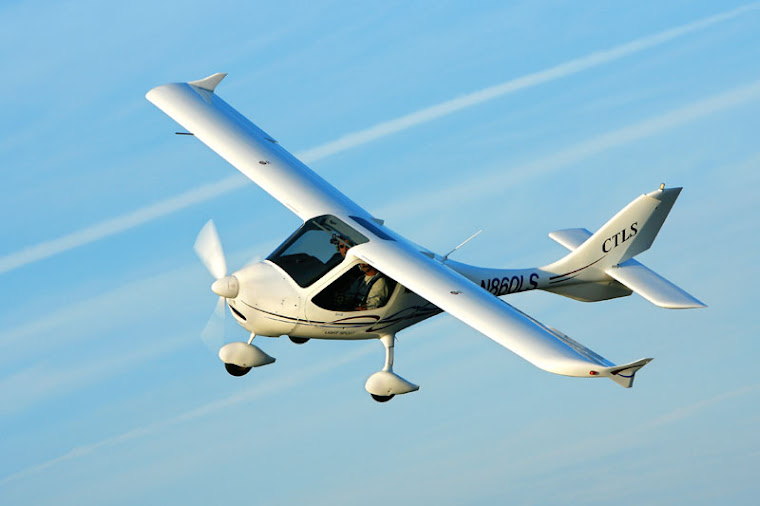The Light Sport Aircraft (LSA) category is a fairly new category of aircraft created by the Federal Aviation Administration (FAA) back in 2004 that complements the Sport Pilot license in order to make owning and operating a recreational sport aircraft easier and more affordable. The LSA category comprises several sub-categories: fixed-wing airplanes including ultralights, weight-shift control trikes, powered parachutes, gyroplanes, gliders, etc. This blog focuses on fixed-wing airplanes, the most popular type - and more specifically on Special Light Sport Aircraft (SLSA).
Airplane LSA may be sold in kit form or ready-to-fly. Kits are usually purchased by those with a passion for building. For those lacking the builder mindset, ready-to-fly airplanes, SLSA, come completely assembled by the manufacturer.
SLSA come in two fixed (non-retractable) landing gear configurations – taildragger (aka tailwheel) and tri-cycle (aka nosewheel). Most are familiar with the tri-cycle gear version which is typically easier to control - i.e. maneuver on the ground, take-off and land, etc. Tri-cycle gear SLSA also come ready-to-fly in a STOL adaptation. STOL stands for Short Take-off and Landing. STOL SLSA or rugged Light Sport Utility airplanes provide the capability of landing on remote or backcountry airstrips or natural terrain, as well as executing short take-offs and landings requiring steep ascents or descents over obstacles like trees or hills.
An ideal feature of some SLSA is foldable wings. Foldable wings allow the ability to trailer aircraft to and from an airport, airpark or airstrip, including remote natural terrain. This feature enables additional savings by eliminating the need for expensive hangar or tie-down storage. Instead, you can store your SLSA in your garage, on the side of your home, or at another less expensive storage location.
Light Sport Aircraft Defined
• Maximum gross weight of 1,320 lbs. (1,430 lbs. for floatplanes)
• Maximum 2 seat cabin (pilot and one passenger)
• Non-pressurized cabin (when equipped as a fully enclosed cockpit)
• Fixed landing gear (taildragger or tri-cycle)
• Single, reciprocating engine
• Maximum airspeed in level flight with full cruise power – 120 knots (138 mph)
• Maximum stall airspeed – 45 knots (51 mph)



No comments:
Post a Comment